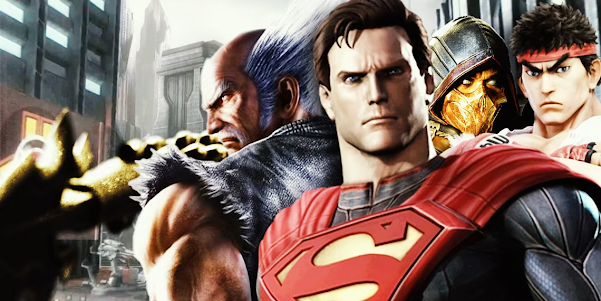
Justice was not always intended to be an intrusive presence. It was created by NetherRealm, the same company that produced Mortal Kombat, and it shares several similarities with that game. Although Mortal Kombat loves a crossover, Injustice had an IP tie-in that gave the studio and developers the option to work on something fresh while being on relatively safe ground. Mortal Kombat occasionally gave the impression that it was intended for much more seasoned players, whereas Injustice was a touch less mechanically challenging and more approachable. A studio with a solid foundation made the decision to use its knowledge and reputation to its advantage in order to build a different kind of fighting game for a different audience.
Injustice was energizing even though it wasn't a brand-new rebel scouring the streets for a means to become king. It maintained the gritty, realistic designs from Mortal Kombat while adding a wide range of personalization choices and emphasizing the individuality of each fighter. Even though it wasn't overly realistic (Poison Ivy could defeat Superman in hand-to-hand fighting), each character had a heartfelt quality to it. They didn't just have special moves; they also had personalities straight out of comic books. Similar things have been done by Smash Bros. over the years, but the story of Injustice really stood out.
The narrative scenarios in most fighting games are only tangentially tied together, allowing the stars to spar with one another. Although Injustice isn't all that different from comic books, the cast's connections felt much more developed and established as a result. This carried over into the actual bouts when characters would speak directly to their opponent rather than just exchanging a few lines of banter.
Fighting games take pride in their intricacy, which attracts the most devoted audiences. It can be challenging for newbies to catch up with the tale, let alone with the games' active intrusion. There have always been games that are easier to play, but a lot of them over-correct or have cartoonish graphics instead of the more menacing tones of Injustice.
Not everything has gone smoothly. In the sequel, the extensive customizability was combined with a lot of RNG microtransactions, leaving me with a completely decked-out Harley Quinn and everyone else wearing their standard attire. Additionally, I believe that the level design occasionally leans too gloomy and that the appearance could be more distinctive from Mortal Kombat. Overall, however, the tenth anniversary of Injustice and the game's potentially promising future are encouraging signs for fighting games.
It's really incredible that Street Fighter, Tekken, and Mortal Kombat are still at the pinnacle of their games while simultaneously attempting to push their peaks even higher. However, Injustice does a fantastic job of upending the established order and providing fans with a fresh entry point, bridging the gap between cartoonish accessible fighters and the most intricate heavy hitters. Fighting game culture is still prevalent, but the community has always been small-minded. When it first came out, Injustice offered a fantastic entry point into the genre, and 10 years later, it's still the greatest route to the big city.









0 Comments